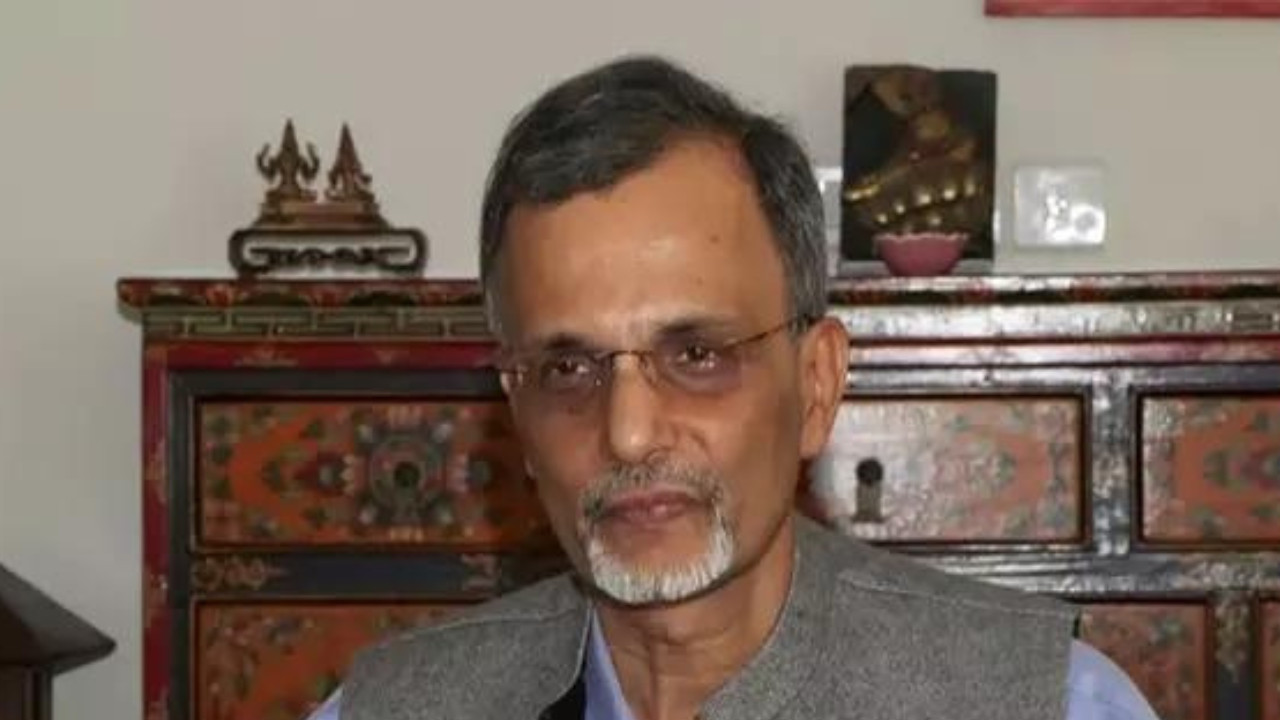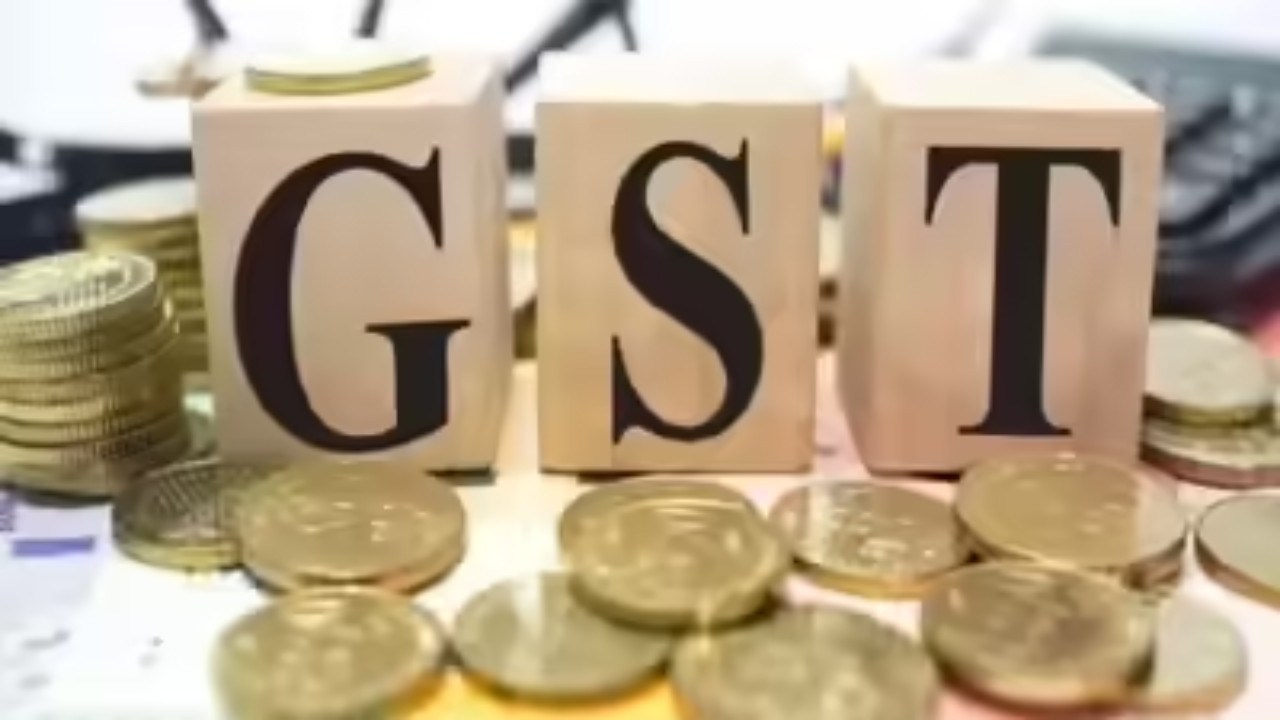CEA Nageswaran clarified India’s non-participation in initiatives to create an alternative to the US dollar, emphasizing the nation’s economic resilience. Despite global trade tensions, India anticipates FY26 GDP growth in the 6.3–6.8 per cent range. Structural reforms, fiscal discipline, and a focus on innovation are key to India’s continued economic stability and growth.
The Rupee’s Course: Steering Clear of a Dollar Detour
The global economic landscape feels a bit like navigating a ship through stormy waters these days. Amidst swirling rumors and speculation about India potentially sidestepping the U.S. dollar in international trade, Chief Economic Advisor (CEA) V. Anantha Nageswaran has firmly set the record straight. India isn’t actively seeking a wholesale replacement for the dollar. Let’s unpack what this means and why it’s significant.
For weeks, whispers had circulated suggesting India might be crafting a grand strategy to reduce its reliance on the greenback. The noise grew louder, fueled by discussions around rupee-denominated trade with nations like Russia and a general global push towards de-dollarization. But Nageswaran’s recent statements cut through the speculation, providing clarity on India’s current position.
The reality is more nuanced than a simple “yes” or “no” to the dollar. While India acknowledges the importance of exploring alternative trade mechanisms – and is actively doing so – it’s not embarking on a mission to dethrone the dollar as the world’s reserve currency. The focus, instead, lies on facilitating smoother trade and diversifying payment options, especially with countries facing their own economic headwinds or geopolitical complexities.
Understanding India’s Economic Resilience
What’s driving this measured approach? The CEA emphasized India’s inherent economic resilience. The Indian economy, despite global tensions and inflationary pressures, has demonstrated a remarkable ability to adapt and grow. This isn’t just blind optimism; it’s rooted in tangible factors like strong domestic demand, a growing manufacturing sector, and proactive government policies.

India’s confidence in its own economic foundation allows it to navigate these turbulent times with a steady hand. Rather than reacting impulsively to global trends, the government is prioritizing long-term stability and sustainable growth. This involves carefully calibrating monetary policy, managing inflation, and fostering a favorable investment climate. And it involves acknowledging the dollar’s continued importance while pragmatically exploring other avenues.
De-Dollarization: A Gradual Evolution, Not a Revolution
The broader global conversation around de-dollarization is undoubtedly gaining traction. Countries are increasingly looking to diversify their currency holdings and explore alternative payment systems. This trend is driven by various factors, including concerns about U.S. monetary policy, sanctions, and a desire for greater economic independence.
However, the demise of the dollar is far from imminent. It remains the dominant currency for international trade, finance, and reserves. Building a viable alternative requires significant infrastructure, trust, and widespread adoption – a process that takes time and concerted effort.
India’s approach reflects this understanding. It’s not rejecting the dollar outright, but rather hedging its bets by exploring rupee-denominated trade and other mechanisms. This allows India to maintain its economic flexibility and reduce its vulnerability to external shocks. Think of it as diversifying an investment portfolio – a prudent strategy in an uncertain world. You can learn more about India’s economic outlook by reading our previous article on [key economic indicators](internal-link).
Navigating Global Economic Currents
The global economic outlook remains uncertain. Inflation persists, geopolitical tensions simmer, and supply chains continue to face disruptions. In this environment, countries need to be agile, adaptable, and strategic.
India’s approach, as articulated by the CEA, reflects this pragmatism. It’s about striking a balance between embracing new opportunities and maintaining a stable foundation. It’s about recognizing the dollar’s continued importance while exploring alternative pathways to facilitate trade and investment. It’s about building a resilient economy that can withstand global headwinds and capitalize on emerging opportunities.
India’s measured stance on the dollar alternative reflects a mature understanding of the complexities of the global economy. It’s not about chasing fleeting trends, but about building long-term resilience and securing India’s economic future. This pragmatic approach, focused on diversification and stability, positions India well to navigate the evolving global landscape.







